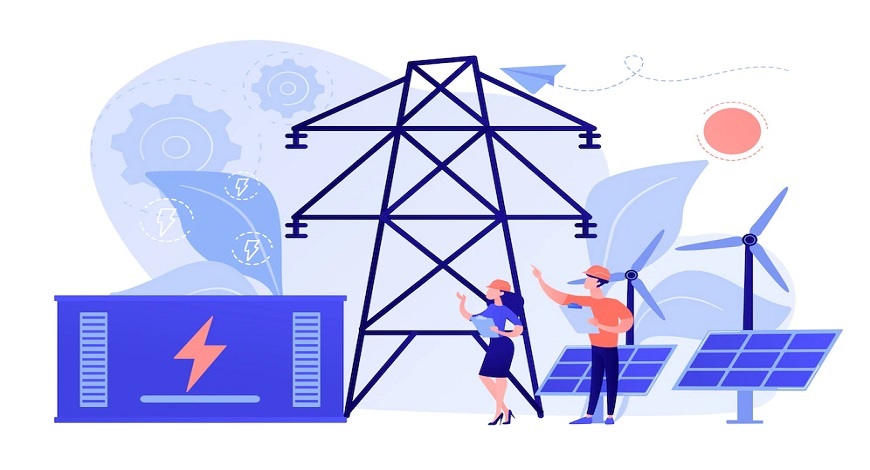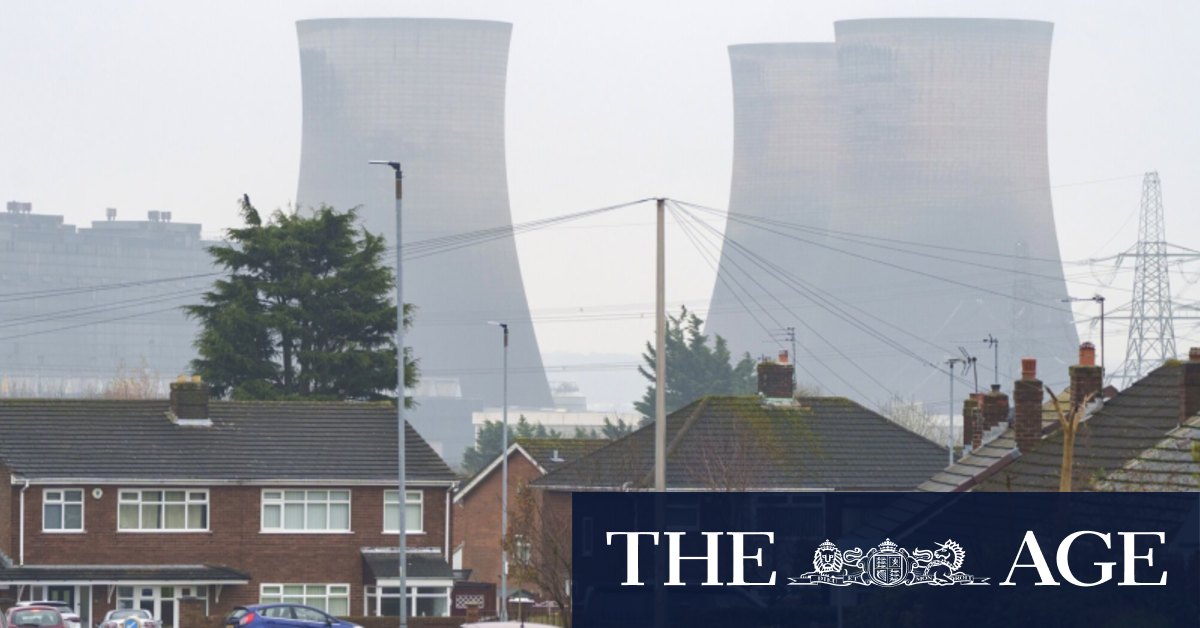As India grapples with escalating electricity demands, innovative energy storage technologies emerge as a sustainable solution for the country’s power needs.
Rising Electricity Demands and Sustainable Shift
India, the third-largest electricity producer globally, generated a substantial 1624 billion units in 2022-23. The conventional methods involving water and coal, though prolific, pose environmental hazards. Consequently, the nation has shifted focus to renewable resources—solar, wind, and biomass—with 172 GW of power currently generated through these sustainable avenues.
Championing Sustainable Energy with Advanced Storage
With the burgeoning need for electricity and the imperative to safeguard the environment, grid-scale energy storage technology assumes a pivotal role. Acting as the reservoir for generated power, it ensures a stable supply, aligning with the ever-growing demand.
In a significant stride toward sustainable energy, the Ministry of New and Renewable Energy’s Secretary, BS Bhalla, unveiled a groundbreaking study titled “Advanced Grid-Scale Energy Storage Technologies,” conducted by IIT Roorkee. This comprehensive initiative explores diverse energy storage solutions crucial for India’s sustainable energy future.
Exploring Grid-Scale Technologies: Challenges and Opportunities
The study delves into eight energy storage technologies, addressing their working principles, challenges, opportunities, and deployment status. Notable technologies include Pumped Storage Hydropower, Compressed Air Energy Storage, Solid Gravity Energy Storage, and Flywheel Energy Storage.
However, the report emphasizes a critical challenge—certain components vital for accelerating these technologies’ efficiency are not manufactured domestically. As per the Electricity Act 2003, the report calls for the formulation of a comprehensive policy and roadmap by government authorities to propel the country toward achieving its energy storage targets.
Source: businessworld.in





